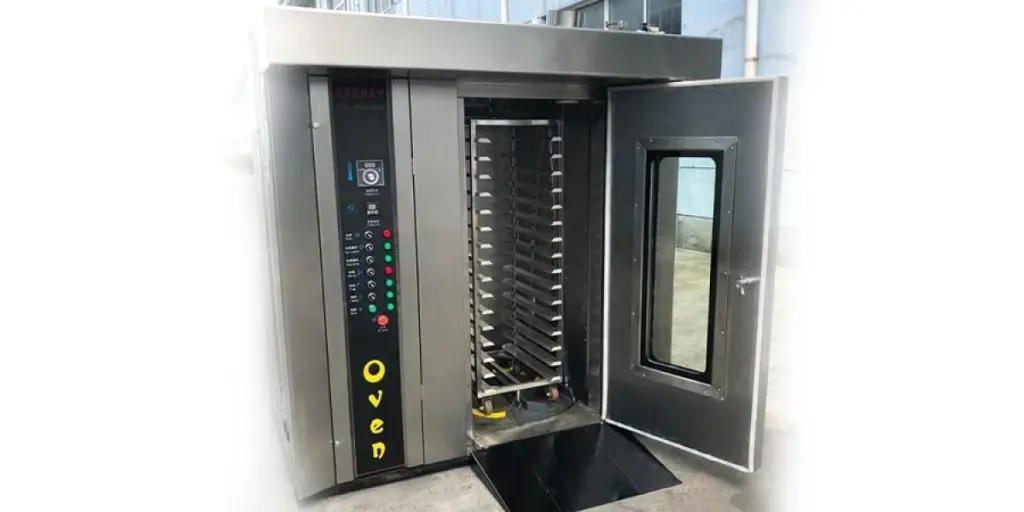Bread is one of the most popular staple foods eaten worldwide. While bakeries focus on mass-producing bread, bread-making machines are also great for businesses interested in joining the market. From kneading dough to trimming, cutting, and baking, bread makers help to make the entire process more efficient. Given the value of bread makers, this article will offer an overview of the critical factors to consider when choosing a bread maker to suit one’s needs.
Table of Contents
Bread makers: demand and market share
Key tips to consider when buying a bread maker
Types of bread makers
Target market for bread makers
Bread makers: demand and market share
The market size for bread makers was valued at $ 426.1 million in 2021. Current market trends see the adoption of bread-making machines worldwide because of their ease of use and simplicity in design. Developers are also working on adding smart functions, AI technology, and multi-program features to breadmakers, likely to spur this growth.
Key tips to consider when buying a bread maker
Pricing
High-end models of bread makers will produce more even loaves of bread. They will also feature options such as delayed timers, several kneading addles, alarms, and lower noise levels. They can cost as much as $ 400 per machine. Low-end models will cost between $ 60 – and $ 150 and offer a more limited range of features.
Noise
While kneading dough is always a noisy affair, the amount of noise can differ. Bread makers made of sturdier materials will tend to reduce noise levels compared to those made of lighter materials. As such, testing or enquiring about the noise level of the bread maker is an essential step before committing to a purchase.
Delayed timer
The delayed timer allows users to set the time that baking should start in advance. Ingredients can be added to the machine and left overnight. The timer can be set to an ideal time for the bread to start baking so that in the morning, the bread would be freshly baked.
Kneading paddles
Kneading paddles are essential for making dough. While most bread-making machines come with one paddle, having two paddles is recommended. Businesses should therefore look out for machines that have two paddles. They should also consider machines with detachable kneading paddles to ensure that the paddles don’t leave a hole in the bread after it bakes.
Alarm
The alarm is an essential feature if bread-making includes fruits and nuts. The machine alerts you when it’s time to add these ingredients. They cannot be added in the beginning because they will be crushed. If businesses make bread with ingredients that need to be added later in the process, picking a bread maker with a timer can come in handy.
Programmable options
Programmable options give the user more control over the bread-making process. Things such as how high the dough should rise, whether to knead the dough without baking or bake without kneading the dough and how light or dark the crust should be. These are simple tweaks that can help differentiate the final product.
Specialty items
These are extra features that businesses may require when choosing a bread maker. They include the ability to knead pizza dough, cake dough, gluten-free bread, wheat bread, or bread with nuts and add jams or other specialty ingredients. Such machines should offer versatility, alongside being able to signal the correct time to add different ingredients.
Production capacity
Finally, depending on the volume a business handles in a day, they ought to purchase a machine capable of meeting their demand. Bread-making machines can offer up to 1800 400g loaves per hour. Smaller businesses could opt for smaller machines that produce around 500 loaves per hour. In addition to this, the size of the bread should be considered. Some customers may prefer smaller loaves, such as 200g loaves, while others may prefer 400g or 600g loaves of bread.
Types of bread makers
Non-stick bread makers

Non-stick bread makers bake bread that doesn’t stick on the walls of the machine.
Features:
- They utilize Teflon for non-stick surfaces.
Pros:
- They are easy to use.
- You don’t need much cleaning for the next baking cycle.
- They make evenly shaped bread.
Cons:
- They’re expensive to buy and maintain.
Programmable bread makers
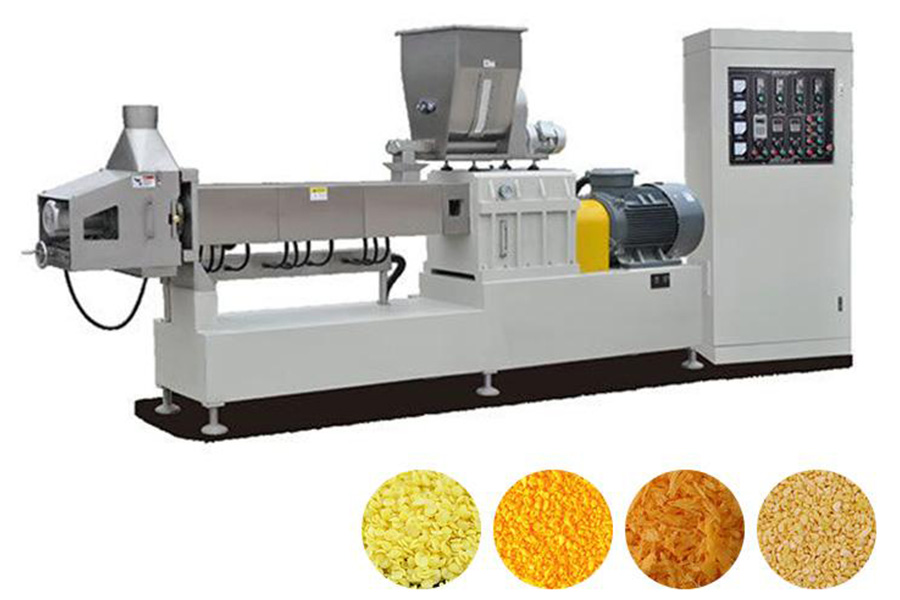
Programmable bread makers allow users to control the timer, temperature, alarm, and when to add different ingredients.
Features:
- They have a lot of programmable features to control baking.
Pros:
- They provide a more even and thorough bake.
- They make baking easy because of the inbuilt control they offer.
Cons:
- They are expensive to acquire and maintain.
- They need specialized personnel to operate.
Whole wheat bread makers
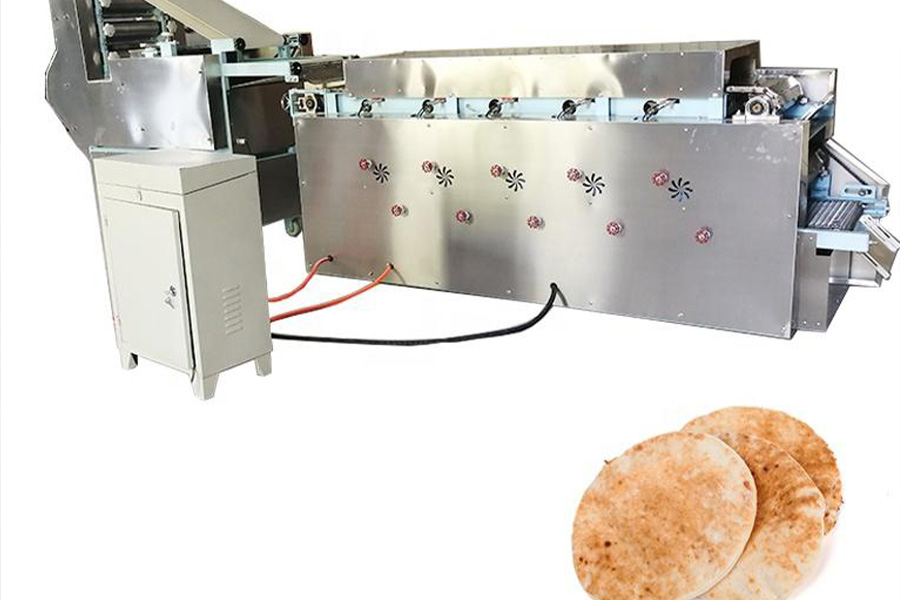
Whole wheat bread makers make whole wheat bread only. There are no additives such as gluten or fruits in this kind of bread.
Features:
- They have the simplest structure of all bread makers.
Pros:
- Once the dough is ready, baking is effortless.
- They don’t require specialized personnel.
Cons:
- They can only make whole wheat bread.
- They are not commonly used and are therefore more expensive.
Direct motor bread-making production line
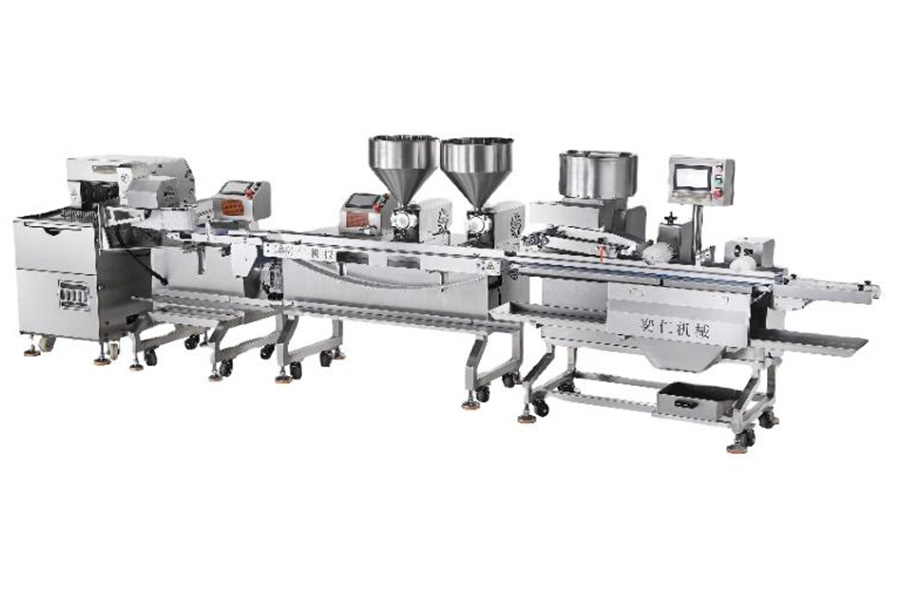
The Direct motor bread-making production line uses a direct current to power its motor. Because of this, it’s hushed when in operation.
Features:
- They are not reliant on electricity as a source of energy because they use direct current.
Pros:
- They are silent in operation.
- They are suitable for use overnight.
Cons:
- They rely on batteries for power which reduces the amount of time they can operate.
- They can easily break down.
Gluten-free bread makers
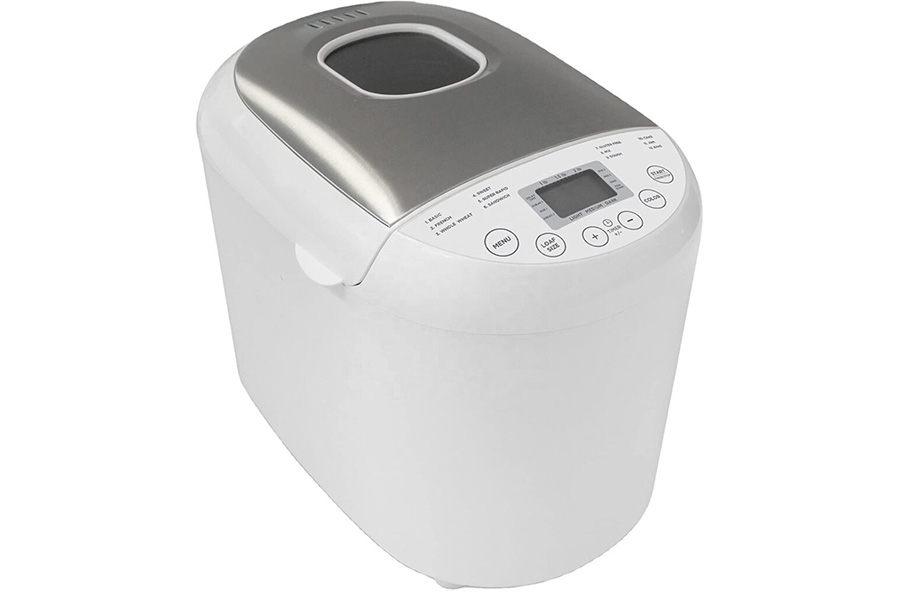
Gluten-free breadmakers produce bread with no gluten, as the name suggests. Gluten-free bread is not cheap and offers a specialty market that some businesses may wish to consider.
Features:
- They have programmable features such as a delay timer, three crust settings, and up to 14 programmable cycles.
- They tend to feature nut and fruit dispensers.
Pros:
- They are relatively easy to use.
- They are trendy.
Cons:
- They are expensive.
- Maintenance is costly, and it should be delicately handled.
Target market for bread makers
It is projected that the market for bread-making machines will be worth $ 817.4 million by 2027, with a compound annual growth rate (CAGR) of 7.4% and year on year growth of 5.51%. Research and development in the bread machine industry will drive the industry’s growth, with 36% of this growth expected to come from the North American region.
Conclusion
This guide covered the key factors to consider when purchasing a bread maker and the various available types. The bread-making machines section on Alibaba.com can offer more information on bread makers for those looking to learn more.
